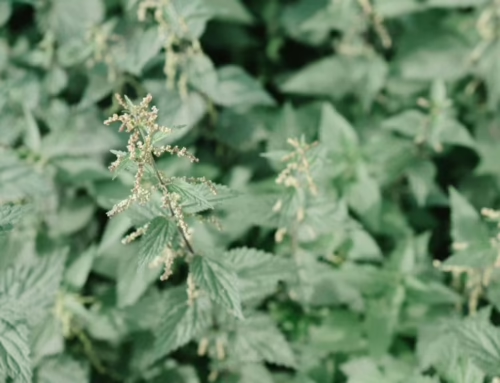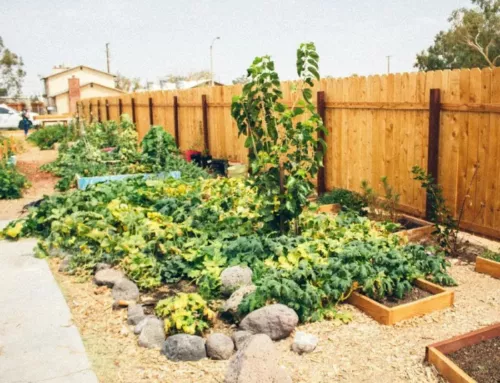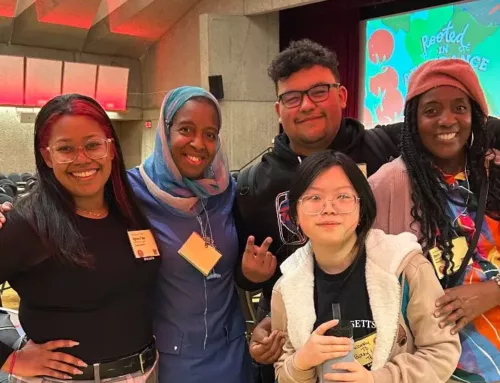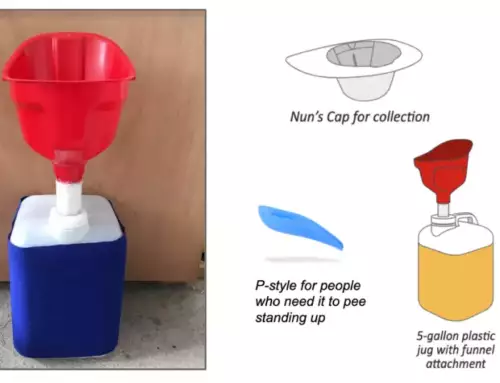By Andrea R. Caluori, Artist & Farmer
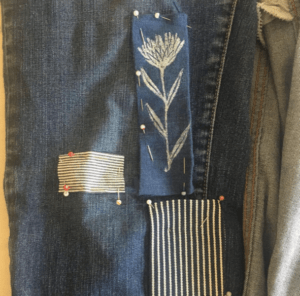
Photo credit: Andrea Caluori
I grew up in the Bronx, New York on Bainbridge Avenue, in a small neighborhood closeby to a vibrant street full of shops, stores and local businesses. Each weekend, my mother and I would drive over to 204th street, park the car, and visit the different stores, running our various errands. A typical Saturday morning included stops at the bakery for my mother’s favorite bread, lunch at Gloria and Vincenzo’s pizzeria, the bank, pharmacy, and culminated in a visit to the tailor.
I can’t think of a Saturday when we didn’t bring some article of clothing to be altered or mended by our neighborhood tailor. He was an older man, maybe early seventies, and came from Italy like my mother. They both were from Naples and I remember he always wore a suit. They would speak in Italian as my mother would pull from a shopping bag my school uniform from last year, a pair of trousers, an old skirt, asking if these things could be hemmed, taken in or let out. Sometimes there was a hole to be repaired, or buttons to replace. This was a common part of our Saturday ritual. Better to alter what we had rather than buy something new. Clothing was not easily dispensable. Well-fitting clothes that were cared for, repaired well and handled respectfully seemed rather important growing up.
Years later, while a college student in New England, I realized the art of tailoring was not as common as I had experienced back home in my Bronx neighborhood. The late 90’s and early 2000’s saw a boom in fast fashion. Rather than tailor something with care, disposable clothing was affordable and trendy. I didn’t mend much of anything and often threw away items that showed too much wear or had an obvious hole in it. The further away I moved from those Bronx days of my childhood visiting the tailor, the more embarrassed I became of clothing that was fixed or mended – even if done invisibly. Ripped seams, missing buttons, worn-out elbows, fabric splits – all of these things meant the garment was no longer attractive or functional. I promptly would discard them; I was brought up to always look put together and these fractures interfered with that ideal – or at least I thought so until I took an art history course in college.
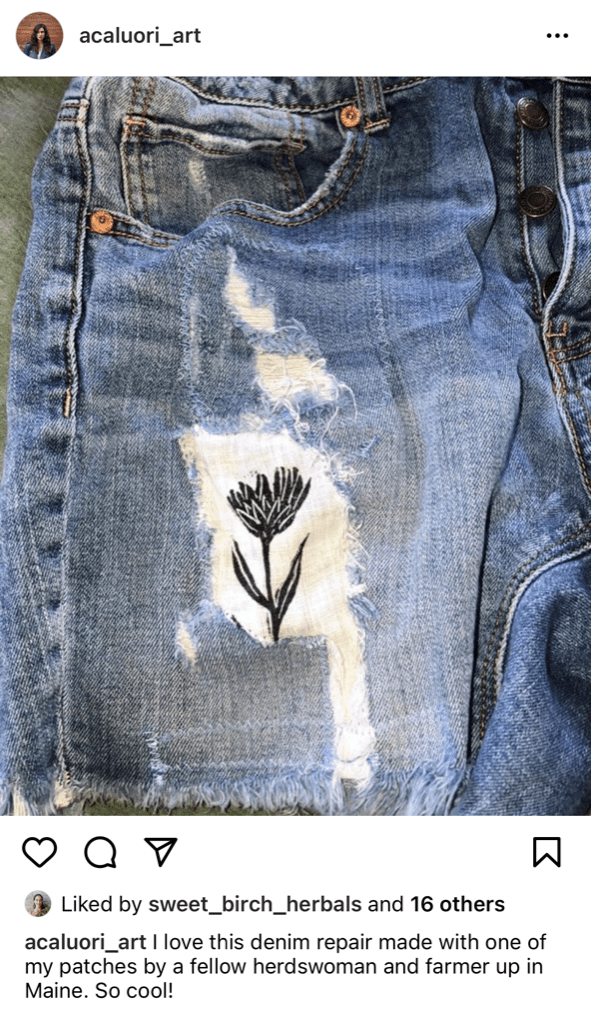
Photo credit: Andrea Caluori
As a young artist feeling a bit misplaced in rural New England, I was constantly searching for an aesthetic or philosophy that felt revelatory in some way. This art class focused on different Japanese art aesthetics, theories and philosophies. We were assigned Leonard Koren’s book Wabi-Sabi for Artists, Designers, Poets & Philosophers. Koren’s explanation of wabi-sabi explores the meaning of this way of life built into an ethic of aesthetic: “Wabi-sabi is not found in nature at moments of bloom and lushness, but at moments of inception or subsiding. Wabi-sabi is not about gorgeous flowers, majestic trees, or bold landscapes. Wabi-sabi is about the minor and the hidden, the tentative and the ephemeral: things so subtle and evanescent they are invisible to vulgar eyes (p50, Wabi-Sabi for Artists…).” I initially understood this as wabi-sabi valuing not on the perfection of something, but rather its imperfection – its fractures. Perhaps in those cracks lies something storied and beautiful? Like mending and the repairs we make.
Looking back through my old copy of this book, I find the highlighted passages from almost 20 years ago that jumped out me:
“Things wabi-sabi are expressions of time frozen. They are made of materials that are visibly vulnerable to the effects of weathering and human treatment. They record the sun, wind, rain, heat, and cold in a language of discoloration, rust, tarnish, stain, warping, shrinking, shriveling, and cracking. Their nicks, chips, bruises, scars, dents, peeling, and other forms of attrition are a testament to histories of use and misuse (p62, Wabi-Sabi for Artists…).”
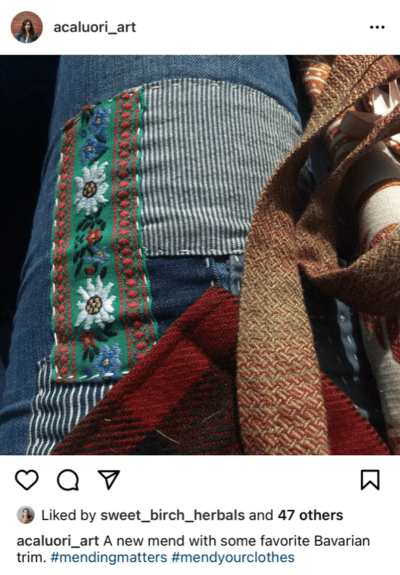
Photo credit: Andrea Caluori
By no means am I an expert or art historian of this aesthetic. What I share here are the initial concepts that resonated with me as a young 20 something. My point is that Koren’s book struck a chord in relaying how in wabi-sabi things could be fractured, repaired, and then considered more valuable, such as Kintsugi pottery. Broken pieces of pottery put back together with gold poured into the cracks. In some ways, the repaired vessel becomes more meaningful, rich with a story, more nuanced in appearance. I think by now you know where I’m going with this, but just in case you’re asking, “What does the tailor and wabi-sabi have to do with mending?” Don’t worry, I’m getting there.
Tailoring is a true skill and an incredible art form in its own right. I can sew with a machine and make simple garments here and there, but tailor something well? I just don’t have the skillset or training for it. What I do know is that sewing takes time, patience, and a steady meditative approach. It can’t be rushed. In fact, when I think back to our neighborhood tailor, he never rushed. He took his time to evaluate and assess the fabric and cut. He understood textiles and had a relationship with them. He respected his art, even if it meant taking already made garments and fixing them so they were functional again. He gave new life back to our everyday clothes.
A few years ago I came across an image of denim patched beautifully with contrasting white stitching. It wasn’t messy and it wasn’t trying to hide the repair. The deep indigo blue with white thread was both bold and quiet. The repair of these jeans was completely visible, and yet the patchwork made the denim so much more fascinating. The sewist took time. They thought about this work and made art to be seen; it reminded me of my elementary study of wabi-sabi back in college. The image of mended denim I saw was from an Instagram post by the author and artist Katrina Rodabaugh. Rodabaugh’s book, Mending Matters, revolutionized my thinking about clothing and our relationship with the garments we wear in our daily lives. In her introduction, Rodabaugh writes: “When we spend time patching, stitching, darning, or otherwise fixing torn fabrics, we ultimately deepen our understanding of quality, composition, and craftsmanship (p15, Mending Matters…).”
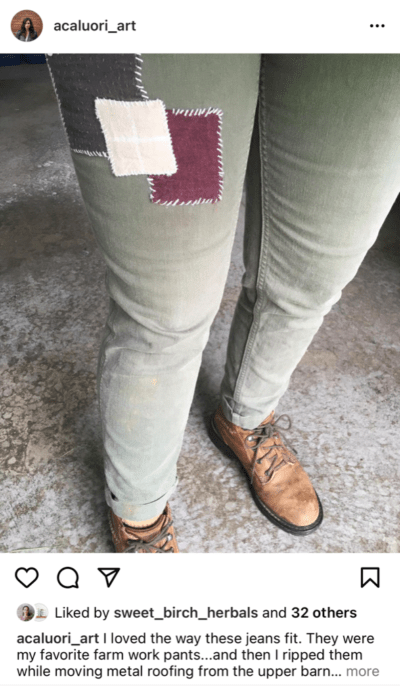
Photo credit: Andrea Caluori
I think about that tailor a lot, taking his time, deepening his craft. Reading Rodabaugh’s book inspired me to ask, “How can I apply that tailor’s approach to the repairing of my garments? Where do my textiles come from? What are my clothes made from? Who made them? Who wore them before? Who will wear them after?” It made me think back to my family’s practice of caring for the clothes we have, altering when needed, but also going beyond invisible repairs and turning the fractures into art, thereby giving new life to the garment and respecting its creation.Rodabaugh takes inspiration from Japanese Boro stitching (p23, Mending Matters…). Many of her patchworked mends on denim showcase a basic running stitch with white sashiko thread on indigo fabric. Her book is a practical guide featuring basic designs to mend denim at home, utilizing hand-stitching techniques and a slow, intentional approach. It really invites the reader to think more about their relationship with clothing and the slow fashion movement. For me, it was as if Rodabaugh was taking what was usually intended to be invisible and making it not just visible, but even more compelling and striking. By highlighting the rips and tears of our clothing, the potential to create art was even greater. It felt as though the tailor and wabi-sabi came together for me through the mending of my jeans, with Rodabaugh’s book as my guide.
It has been three years since I have started this hand mending journey. Sometimes I’ll buy old skirts at the thrift store that were clearly made by a home sewist and can see where an alteration was made. I love that–to read the stitches and see the care placed into garments. Since I began visible mending clothing I have repaired denim, jackets, vests, and overalls. Sometimes I’ll use ripped clothing as a blank canvas, mending the tear and then printing my linoleum block relief carvings on the fabric. It’s an incredibly creative process to think about how something can be transformed and possess its own unique character through the resilient act of repair. It’s crafting an intentional life through art in our everyday lives.
This journey has allowed me to participate in patch swaps with strangers across the country and even mend clothes for friends, building stronger community bonds of reciprocity with each stitch. I often wonder, what if we all learned to mend? To take what is here and intentionally add stitches, not to hide the fractured stories, but rather show how from the broken pieces something more meaningful and positive may arise.
About the author:

Andrea Caluori. Photo credit: Davida Carta
Andrea R. Caluori is an artist based in western Massachusetts. She has a small farm in collaboration with the Sweet Birch Herbals farmstead where she raises dairy goats, grows cut flowers and cultivates land with a miniature horse. Learn more about her printmaking, farm and purchase her prints at: www.andreacaluori.com. IG: @acaluori_art.
References:
Wabi-Sabi for Artists, Designers, Poets & Philosophers by Leonard Koren. Stone Bridge Press, 1994.
Mending Matters: Stitch, Patch, And Repair Your Favorite Denim & More by Katrina Rodabaugh. Abrams, 2018.

